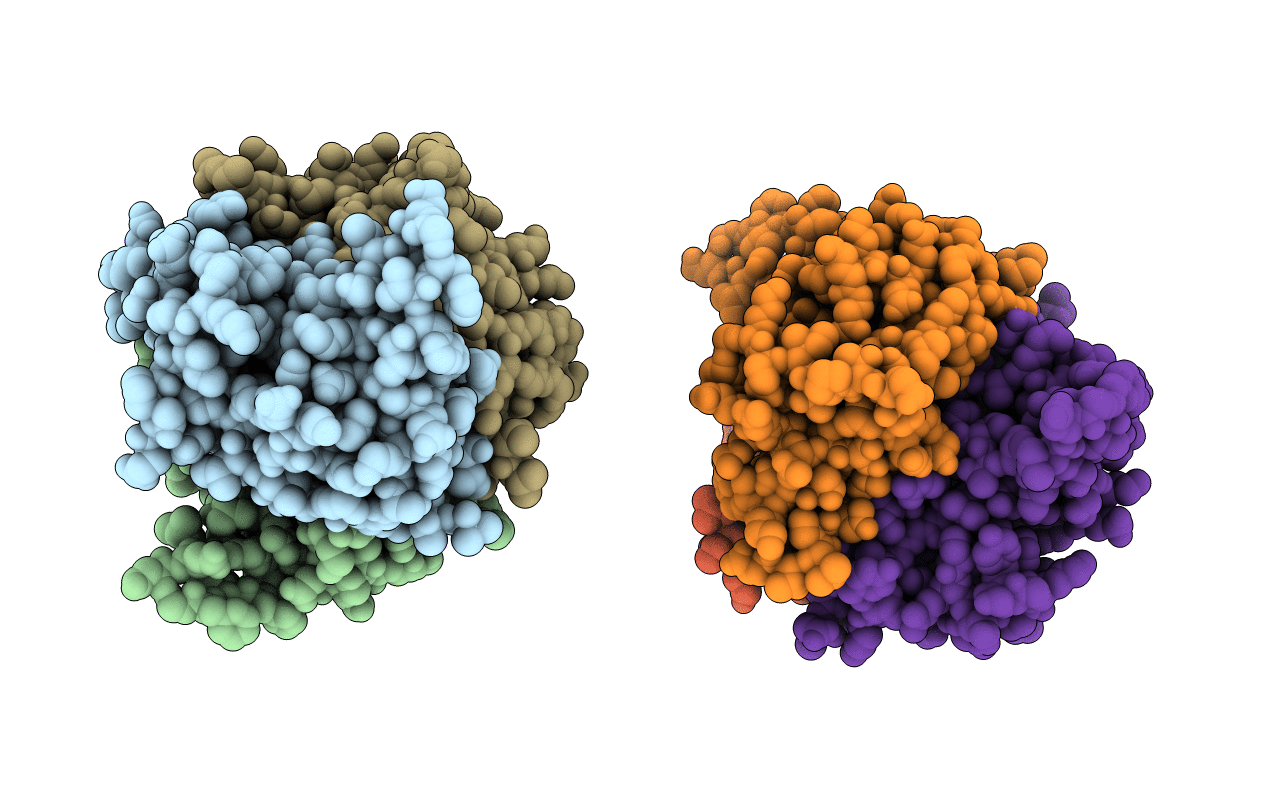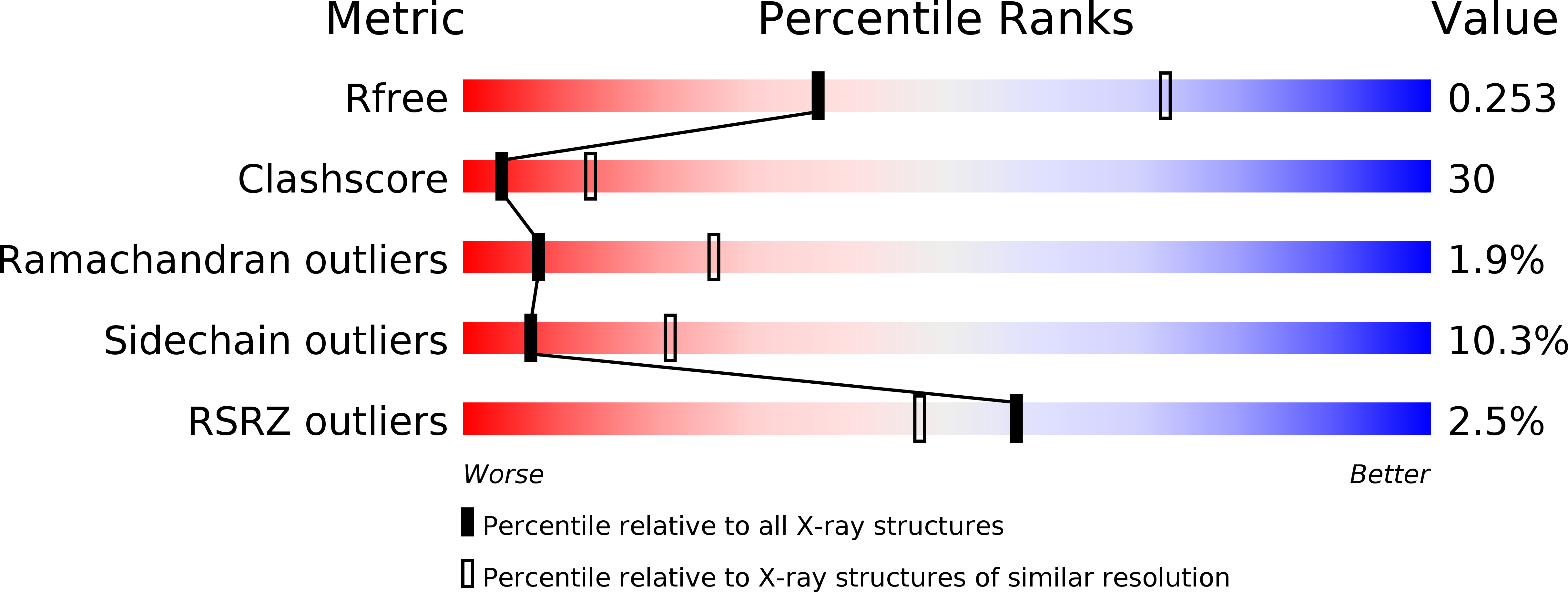
Deposition Date
2001-11-12
Release Date
2002-11-12
Last Version Date
2024-11-06
Entry Detail
PDB ID:
1KD7
Keywords:
Title:
Crystal structure of an extracellular domain fragment of human BAFF
Biological Source:
Source Organism:
Homo sapiens (Taxon ID: 9606)
Host Organism:
Method Details:
Experimental Method:
Resolution:
2.80 Å
R-Value Free:
0.25
R-Value Work:
0.21
R-Value Observed:
0.22
Space Group:
P 65


